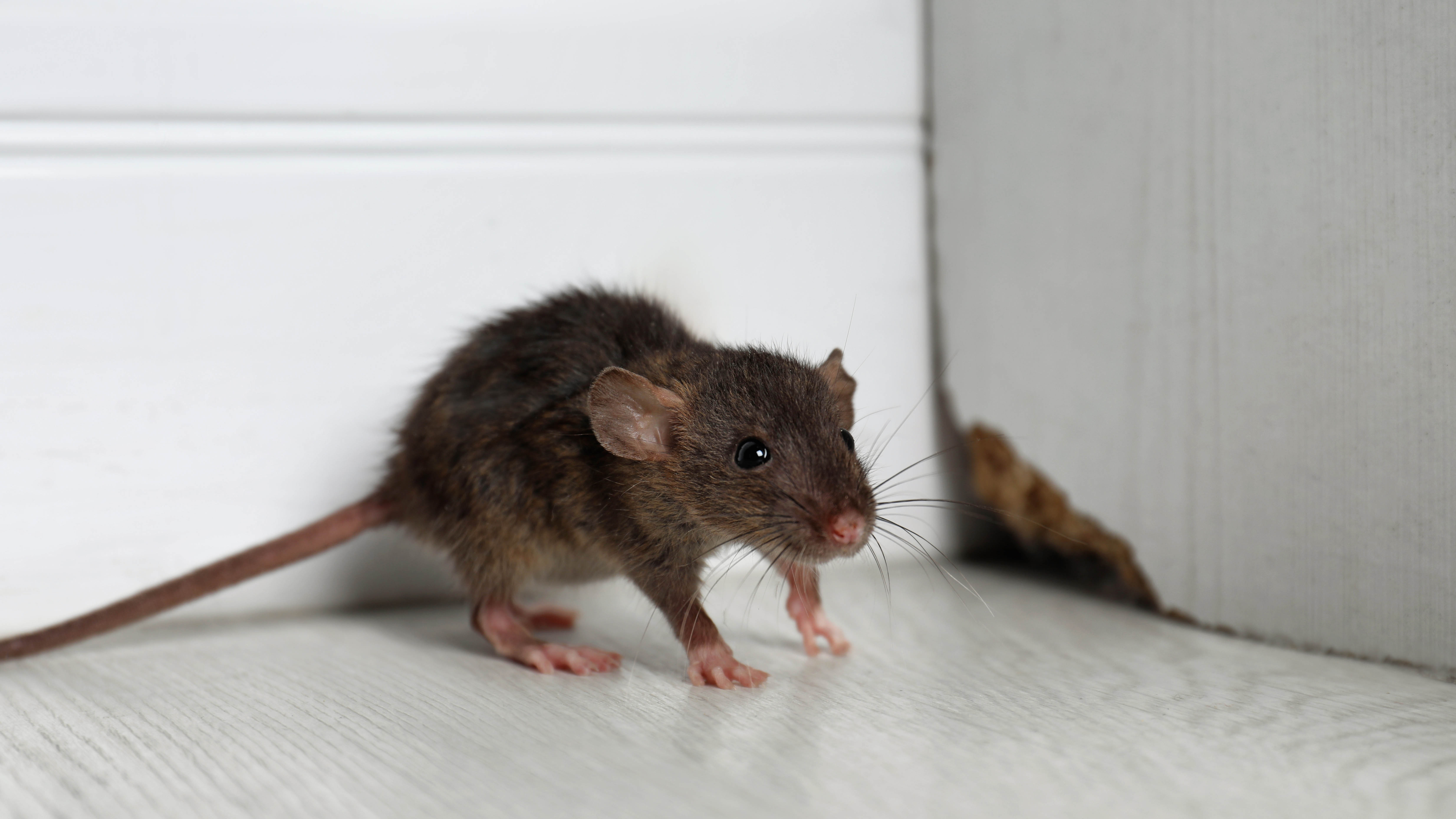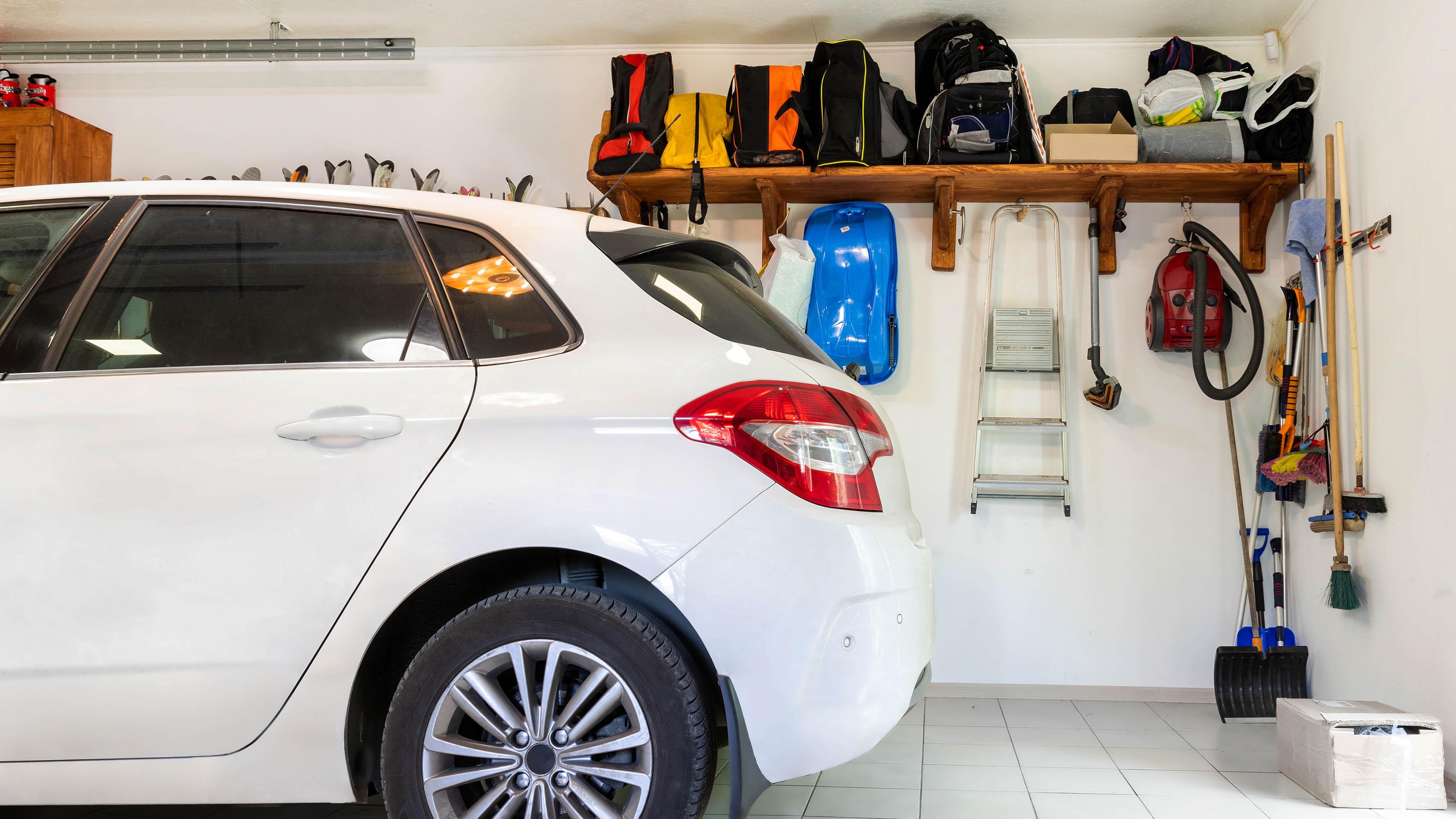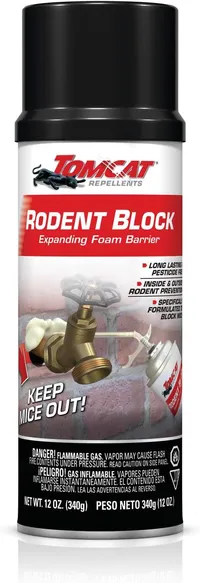'If a pen can fit in the gap, a rat probably can too' — pest expert urges homeowners to take these preventative steps now
Address these common access points to keep rats out

When the summer months roll around, rats are at their happiest. There's an abundance of food and plenty of shelter available, both inside and out. But while you may think you've done enough to keep rats away from your home, experts warn that they have an abundance of tricks up their sleeve to gain access to your home, and all its creature comforts.
"It only takes a gap the width of a biro (just over 12mm) for a rat to squeeze through." says John Stewart, technical training manager at Pest-Stop, "and once inside, they can cause extensive damage by chewing through wiring, pipes and insulation, leading to fire risks, flooding and long-term structural issues."
Here's how he recommends homeowners protect themselves from rodents this summer.
Know your common access points

A rat's journey inside your home will often start in small structural faults, so Stewart recommends you inspect the exterior of your property for even the smallest of entry points.
External steps
"Start with the external steps," Stewart advises. "Poorly maintained pointing around the front or rear steps often allows rats to access the subfloor or cavity walls, creating a pathway into lofts and roof spaces."
Damaged airbricks
Get instant access to breaking news, the hottest reviews, great deals and helpful tips.
But while poorly maintained steps are easily fixed, there are some gaps in your home which are there by design. "Damaged airbricks and missing weephole covers are another common weakness," says Stewart. "These gaps allow rats to slip into walls and under floors with ease."
Repairing these faults can often be quick and easy, but it's important to do it before rats gain access. Once they're in, evicting them is much more of an ordeal.
This expanding foam barrier expands to fill gaps and cracks, which can be exploited by rats and mice to gain access to your home. It's pesticide-free and can be trimmed back to leave a neat finish.
Don't forget your garage

Garages are so convenient because they provide an ideal space that's not fully indoors, and not fully outside. But they can also offer an abundance of hiding spaces for pests such as mice, rats and spiders to make a home.
If a door isn’t properly sealed, rats can wriggle underneath or around the sides," says Stewart. "Adding bristle strips or seal kits is a simple way to block them out."
This includes the area around pipes and wiring, which Stewart recommends sealing with a rodent-proof filler.
Ultimately, prevention is much better than having to find a cure for your rat problem. Not only is it a lot more humane, saving you from potentially having to kill these pests, but it will also save your home from the contamination and germs that can come from outdoor creatures making themselves at home in your space.
Follow Tom's Guide on Google News to get our up-to-date news, how-tos, and reviews in your feeds. Make sure to click the Follow button.
More from Tom's Guide
- 7 ways to pest-proof your home before you go on vacation
- Keep rats and mice away from your home with this simple $1 item
- 7 things that attract rats and mice to your home

Millie is the Managing Editor of Homes at Tom's Guide. She's been reviewing home tech for over five years, testing everything from coffee makers to the latest vacuum cleaners.
With particular expertise in cookware and kitchen appliances, you'll struggle to find an air fryer Millie hasn't tested. She's traveled the world reporting on the latest home innovations and product launches, learning how to use pizza ovens from Pizzaiolos in Naples, and touring the De'Longhi factory in Venice. Millie is also an SCA-Certified barista.
When she's not reporting on home and appliance trends, Millie loves watching live music. She's currently learning the guitar - naturally, she plays a Fender.
You must confirm your public display name before commenting
Please logout and then login again, you will then be prompted to enter your display name.

